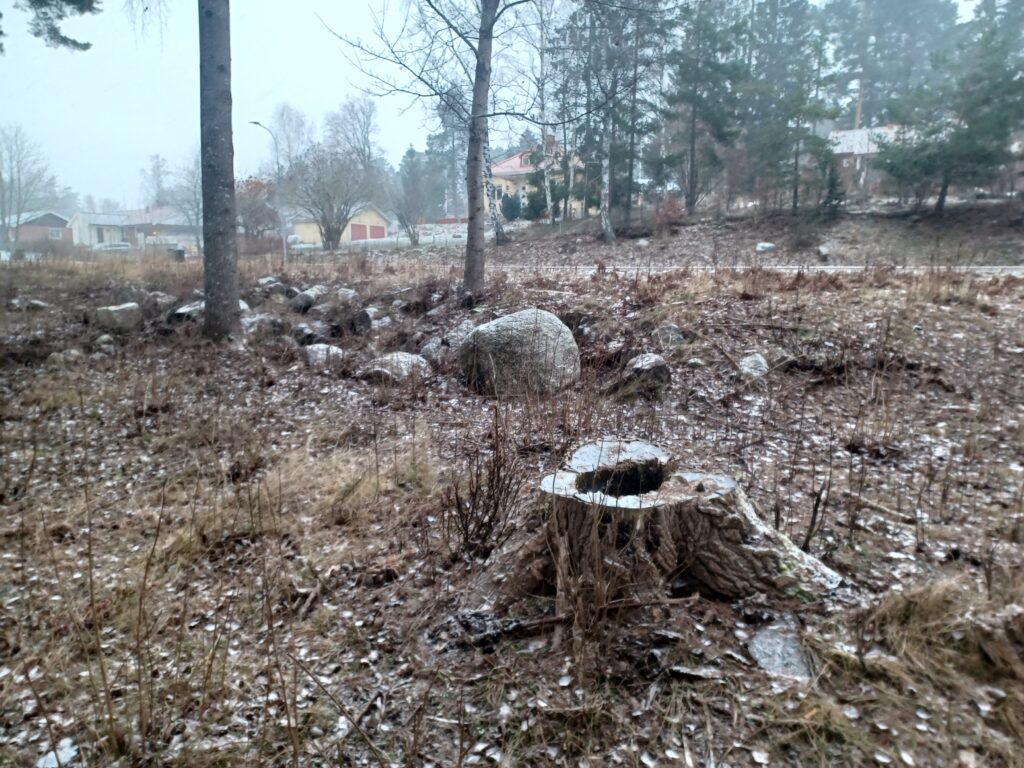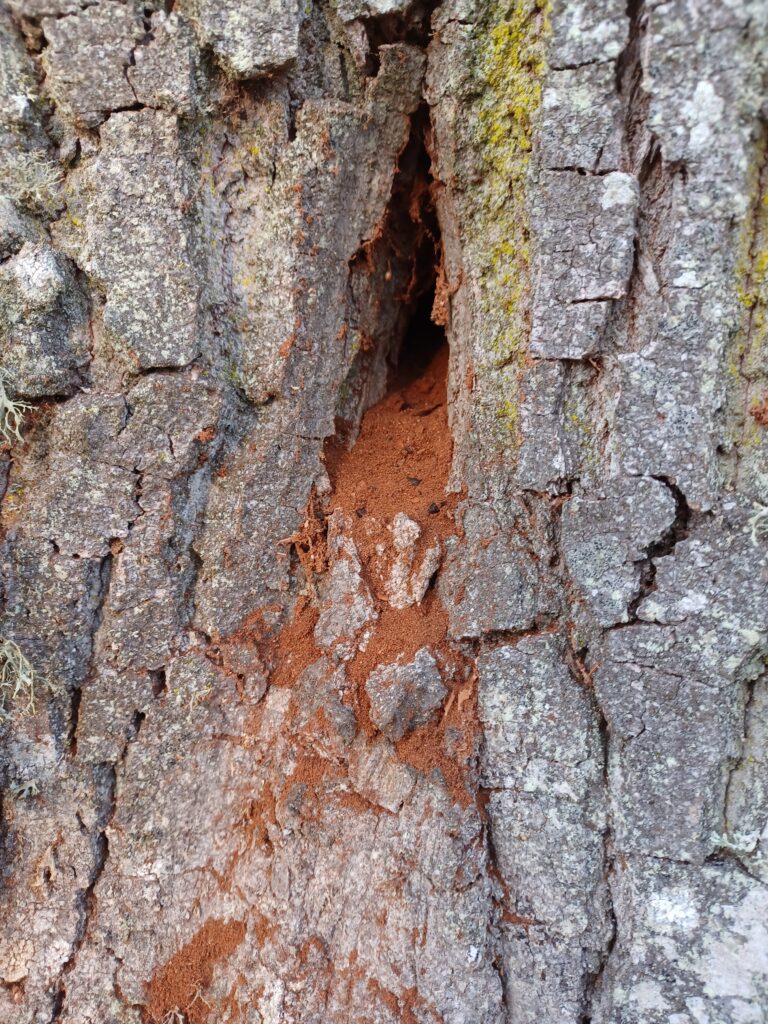Background
Old, hollow and large deciduous trees are one of Swedens most important keystone structures. As the trees grow older and larger, they start to develop characteristics, such as hollows, wood mould, decaying roots, dead branches, deep bark fissures, fruits and sappy wounds, that a wide array of organisms utilise as shelter, food source or substrate. Usually, these trees of high biodiversity value (HBV) are defined by the following measurements: Giant trees (Trunk diameter ≥ 0.8 m), Hollow trees (Trunk diameter ≥ 0.4m dbh with entrance hole ≥ 3 cm diameter) and Old trees (Oak and beech older than 200 years. Other tree species older than 140 years). Many different lichens, birds, bats and arthropods are entirely dependent on these deciduous trees. A considerable portion of these organisms are endangered.

Three important features, indicating a trees biodiversity value do exist. Vitality stage, meaning the trees physical condition, is important since different organism utilise different successional life stages of a tree. Trunk circumference can act as a rough indicator of age and availability of characteristics that many organisms need to utilise the tree. Many organisms are also dependent on different types of hollows in trees. Therefore, hollowness stage/size provides information on what type of species can utilise the hollows.

The reason why many tree-dependent species are endangered is a historic and current anthropogenic pressure on HBV trees. Intensified forestry and agriculture practices have caused a major decline in HBV trees due to shading problems from younger trees and logging. Oaks are especially sensitive to shading. Other threats include climate change, disease and removal due to safety concerns. Stands of HBV trees have therefore become fewer, smaller and more isolated. This results in populations declines among tree dependent organisms.

Aims
- Examine the development of vitality, hollowness and circumference among populations of 12 different deciduous trees in Östergötland, Sweden.
- Generally describing the populations of HBV trees in Östergötland.
- Investigate the current effect of shading tree vegetation around oaks.